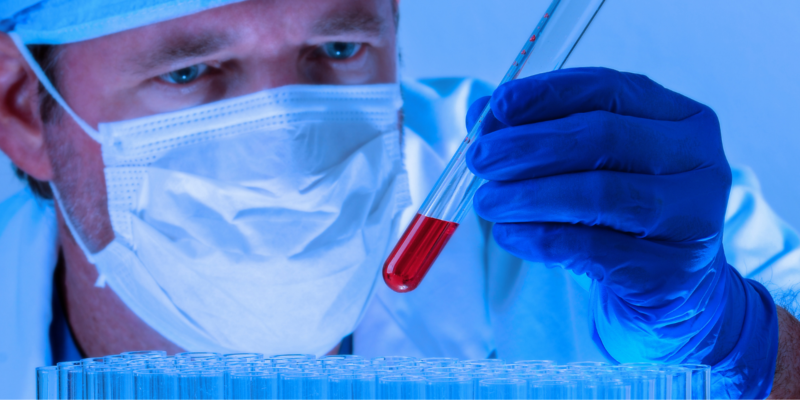Lab Design Starts Here: 770-932-1118
Five Tips to Create Workflow in Your Medical Lab

Now more than ever, medical laboratories worldwide need to adapt and rethink their workflow in order to address the needs of today’s patients. Although many have been calling for new medical laboratory design strategies to streamline operations in labs for years, the lessons learned from dealing with a global pandemic have proven the necessity for change. Here are five tips for improving workflow in your medical lab.
1. Consider Your Lab’s Location
Critical to the optimization of workflow for any medical lab design is its location. Core labs located within a hospital have the advantage of close proximity to patients and pathologists, but they present an expensive solution. Rapid response labs placed in acute care hospitals facilitate quick turnaround for important tests, but the premium space they might occupy must be taken into consideration.
System-wide reference labs are located off-site and are suited to taking advantage of all the latest technology. When used in tandem with a more urgent on-site lab, system-wide reference labs handle the high volumes of less time-sensitive tests.
2. Automate Specimen Processing
With thousands of different tests that patients can require — and hundreds ordered on a regular basis — efficient specimen processing is a major component of your medical lab’s workflow. This aspect of lab work has been shifting in favor of automation, as the number of professionals decreases as test volumes rise.
Medical lab design with automated analysis includes functions like robotic tracks, which handle the carrying of specimens to reduce the risk of contamination possible with hand-carrying. When combined with other medical laboratory setup design principles such as maintaining flexible, open spaces and creating an unobstructed linear flow of specimens, your lab’s processing time will improve.
3. Rethink Your Floor Plan
Medical lab floor plans and interior designs that consider the allocation and use of space results in flexible and efficient facilities. Open labs with ceiling-mounted, plug-and-play services allow equipment to be easily moved, while including movable and reconfigurable casework ensures that the right materials are always on hand.
In addition, assigning a specific space to R&D and growth keeps your lab on the cutting edge of emerging science. Open planning and modular design enable your lab to establish flexibility and the ability to expand into the future, adapting alongside technological advances and the changing needs of patients.
4. Prioritize Employee Wellness
The quality of life and wellness of your lab workers is paramount to a clinical laboratory’s ability to function. In the past, accommodations for equipment were often prioritized, but this trend has changed.
There are many ways to consider employee wellbeing when planning your medical lab’s floor plan and layout, such as incorporating a dedicated breakroom with windows to provide natural light, installing sound-attenuation materials to bring noise levels down, and ensuring that workstations have enough adjustability to fit different user preferences. In addition, implementing automation in your lab decreases the chance of repetitive motion disorders while increasing your staff’s efficiency.
5. Ensure a Safe Working Environment
Make sure that your lab has up-to-date safety protocols in place, along with containment strategies to reduce lab workers’ exposure to hazardous materials. Proper maintenance of all your facility’s electrical, mechanical, and plumbing systems also cultivates a safe environment for all employees, patients, and the personnel who operate these systems. Systems integrated into a lab today should strive for flexibility of reconfiguration, system redundancy for increased security, and ease of maintenance.
Creating workflow in a medical lab design is simple with a few fundamental principles. It’s all about improving processes, maximizing space, and keeping in mind employee experience and wellness. At Laboratory Design and Supply we have designed; and redesigned in some instances, and fitted-out hundreds of medical labs for improved functionality and safety. Contact us today for a free design consultation to find out how we can help make your lab space more efficient.

